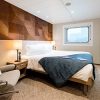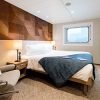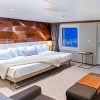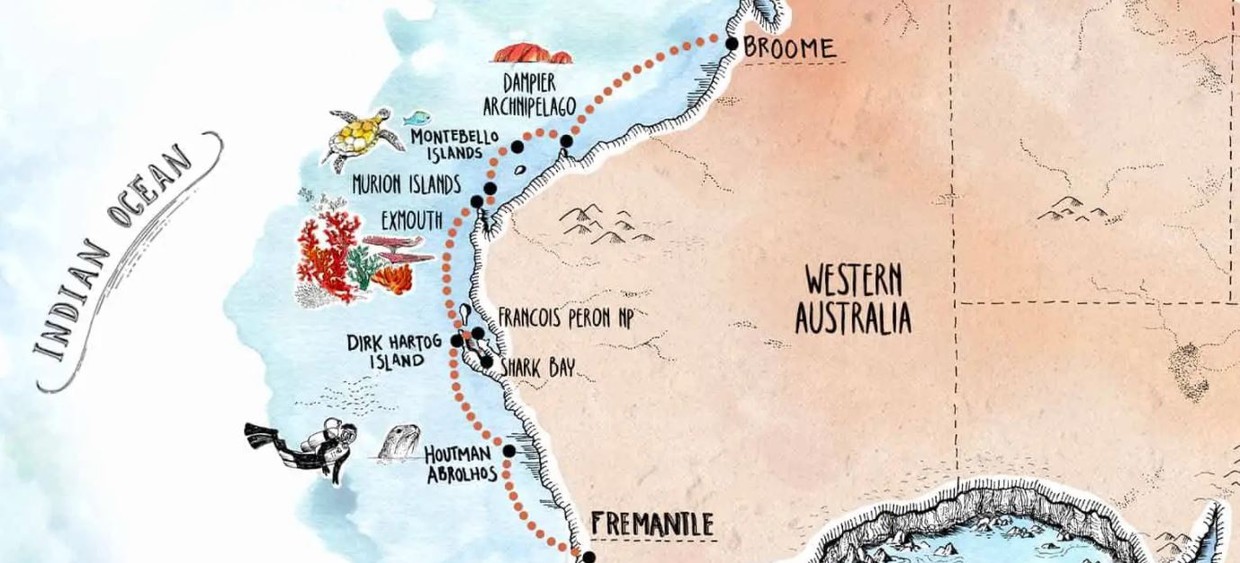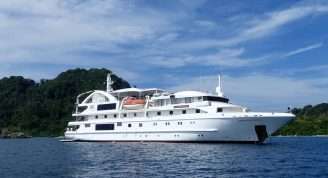Description
This expedition explores Western Australia’s wild and largely untouched coast, with its contrasting coastal palette of rich red sands and turquoise sea. With a fascinating maritime and Indigenous history – from the Malgana people of Shark Bay to the exploratory journeys of William Dampier, Dirk Hartog, Baudin and Freycinet – this region is layered with stories. The natural coastal reserves harbour an abundance of birdlife and fascinating marine species. Our guides will help guests explore the renowned Houtman Abrolhos Islands, Shark Bay World Heritage Area, Ningaloo Reef, Cape Range National Park, Montebello Islands, Muiron Islands and Dampier Archipelago.
Trip Name
Abrolhos Islands & the Coral Coast aboard Coral Geographer
Days
13
Overview
Vessel Type: Expedition
Passenger Capacity: 120
Built: 2020
Expedition capabilities
> Two trademark Xplorer tenders seat all passengers and facilitate comfortable shore excursions
> Six zodiacs for more intrepid exploration
> Lecture lounge for daily expedition briefings and expert presentations
> Small onboard library featuring books on destinations and wildlife
> Shallow draft and advanced navigation and propulsion systems allowing access to locations closed to large cruise ships
Marine immersion
> Navigator lounge in the bridge
> Over 1000 square metres of open deck space including a wrap-around promenade deck with panoramic views
> Engine room tours and a high level of crew interaction with guests
Food and wine features
> Single seating dining with communal table serves buffet breakfast and lunch, and multi-course table d’hote dinners
> Showcase galley with viewing window creating fresh small-batch cuisine featuring Australian and local produce
> Multiple indoor and outdoor bars, including our Explorer bar on the sundeck for sunset drinks
> Curated wine cellar featuring boutique wines and exceptional vintage Australian reds
Guest comfort
> All outside-facing guest cabins with en-suite bathrooms; the majority have a private balcony
> Active stabilisers to dampen sea motion
> Well-equipped gym
> Passenger elevator
> Wi-Fi available in all guest areas




